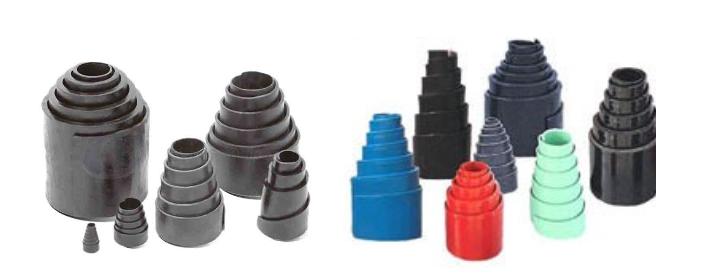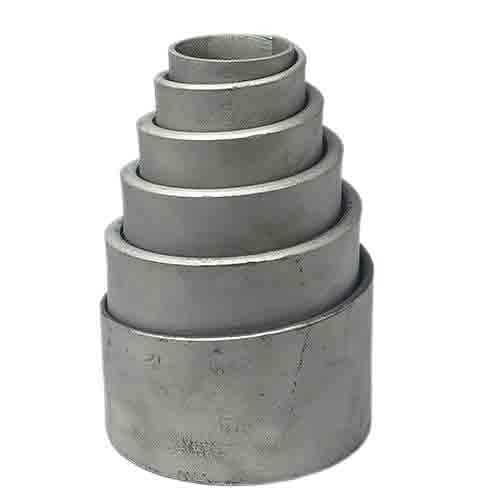A Comprehensive Guide to Volute Springs
Volute springs, also known as conical springs or pagoda springs, are a specialized type of compression spring crafted from a flat strip of material wound into a conical shape. The overlapping coils provide stability against buckling, a feature not achievable with conventional compression springs. This design allows for shorter installation lengths, depending on the forces and dimensions involved.

Construction and Materials
Typically made from spring steel, stainless steel, or phosphor bronze, volute springs can vary in material thickness from less than 1 mm to approximately 32 mm. These springs can support significant loads, with larger variants capable of handling up to 500 kN.
Working Principle and Characteristics
Volute springs operate on the principle of compression. When a force is applied, the coils compress, shortening the spring. The force required for this compression is proportional to the spring’s stiffness, which is determined by its material, thickness, and dimensions. Key characteristics of volute springs include:
High Load Capacity: Capable of supporting substantial loads.
Short Installation Length: Efficient space utilization.
Resistance to Buckling: Enhanced stability under compression.
Low Friction: Suitable for high cycling frequencies due to minimal internal friction.
Applications of Volute Springs
Volute springs are versatile and used in various applications:
Suspension Systems
In automotive suspension systems, volute springs absorb road vibrations and shocks, enhancing passenger comfort in vehicles such as cars, trucks, and motorcycles.
Low-Load Positions
Used in hinges of doors and other automatic products, volute springs provide a gentle force to maintain the desired position of the product.
Comparison with Other Springs
Compared to helical and leaf springs, volute springs offer a balanced solution:
Helical Springs: More common but prone to buckling.
Leaf Springs: Resilient but bulky.
Volute Springs: Combines the benefits of both with added stability and compactness.
Selection Considerations
When selecting volute springs, consider load capacity, stiffness, and frictional characteristics. It is crucial to choose materials that are corrosion-resistant and have a long fatigue life for extended usage periods.

Functions of Volute Springs
Volute springs serve various functions, including:
Measurement
Used in coil spring scales where elongation or contraction measures applied force.
Compression
Improves contact in electrical switches, preventing increased resistance and heat generation. Also used in door hinges and automatic products.
Reset
Resets devices to their original state post-application of external force, useful in hinges and automatic products.
Driving
Acts as a driving mechanism in mechanical clocks and wind-up toys, storing and releasing elastic potential energy.
Cushioning
Cushions vibrations and shocks in vehicle suspension systems and machinery.
Vibration and Sound Generation
Generates vibration and sound in musical instruments and noisemakers.
Conclusion
Volute springs are versatile, high-performance components with significant applications across various industries, including automotive, aerospace, and manufacturing. Their high load capacity, short installation length, resistance to buckling, and low friction make them suitable for numerous functions. For business cooperation, KENENG is a reputable choice for high-quality volute springs.
- Art
- Causes
- Crafts
- Dance
- Drinks
- Film
- Fitness
- Food
- Juegos
- Gardening
- Health
- Home
- Literature
- Music
- Networking
- Other
- Party
- Religion
- Shopping
- Sports
- Theater
- Wellness


